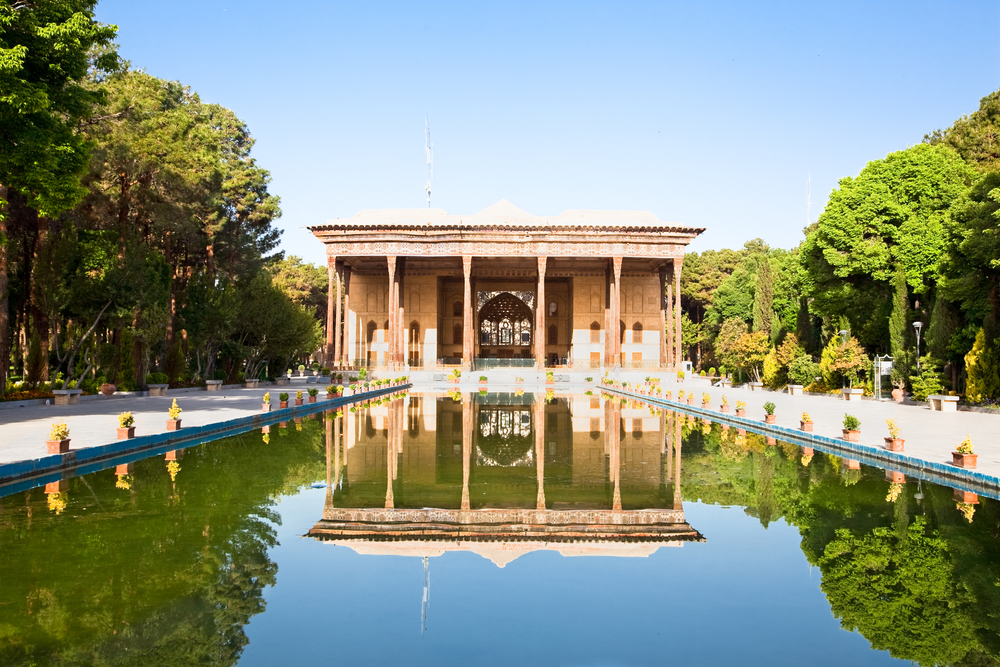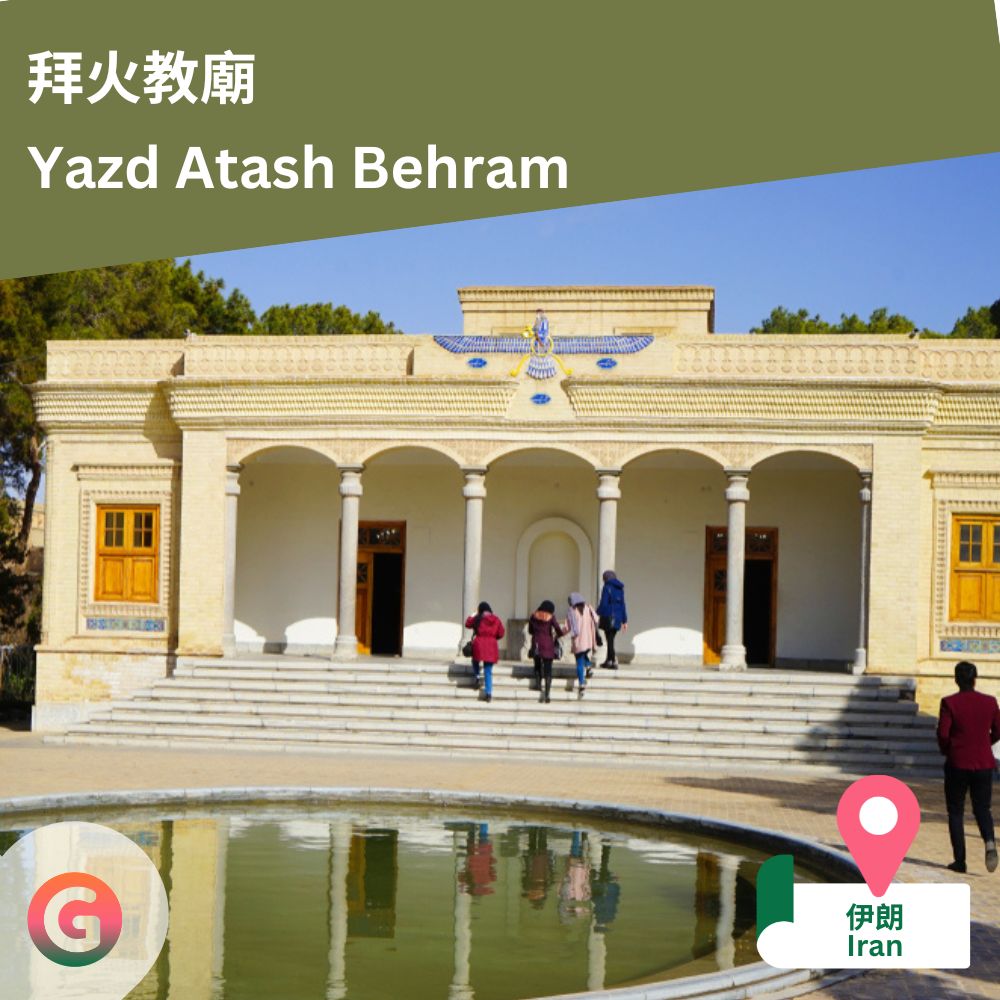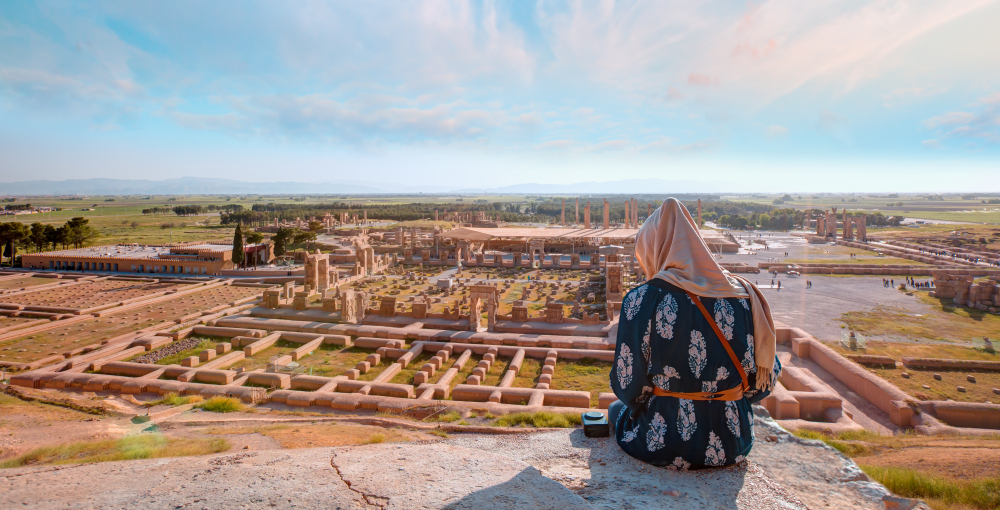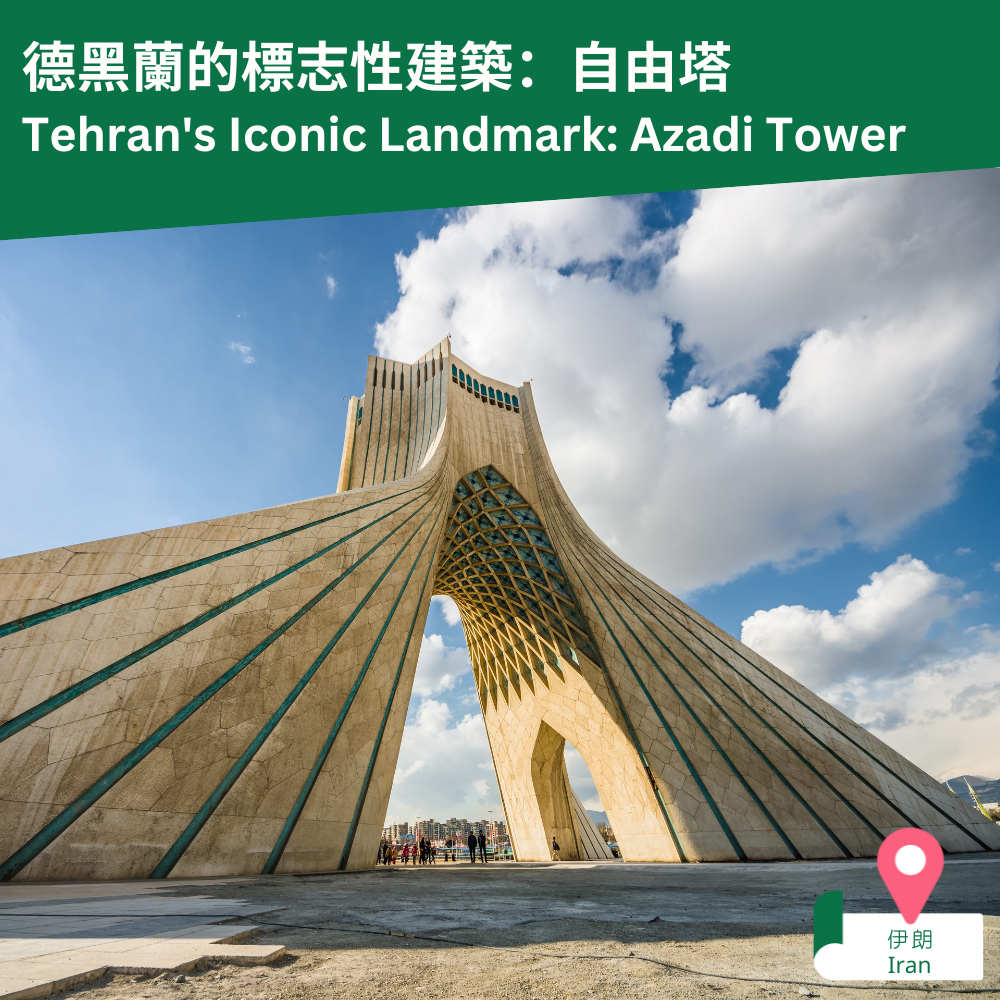Isfahan︱Chehel Sotoun
 Weather forecast of Islamic Republic of Iran
Weather forecast of Islamic Republic of Iran





Share the article:

Chehel Sotoun
The centre of this historic city has Chehel Sotoun erected. Chehel Sotoun is the former palace for Persian kings. After Shah Abbas the Great moved the capital city to Isfahan, Shah Abbas II built this majestic palace in this trading hub in the 17th century for handling national affairs and receptions of foreign officials. The bewitching Persian gardens of the palace attracted many foreign officials and business visitors.
The square in front of the palace was elegantly designed. A rare scene in Iran can be found here with nude female statues at the gate – proving the openness of Isfahan. As you count the number of columns at the entrance pavilion, you may wonder why there are only 20 columns when the palace is named “Chehel Sotoun”, literally forty columns. In fact, the number of columns includes the reflection of the columns in the waters of the fountain. In Persian, the number“40” is a symbol of respect and appreciation. The Persian miniatures will have you stunned as they present the stories of Persians interacting with people from neighbouring countries. They are also a reflection of the social environment at that time. In this palace, you will learn about the diplomatic and sociocultural history of the Persian Empire.






